Delving into Lighting's Impact on Autism
For individuals with autism, the right lighting can dramatically affect comfort and well-being. Energy-efficient lighting solutions not only cater to environmental concerns but also play a pivotal role in crafting sensory-friendly spaces. This article sheds light on how various lighting choices and technologies can enhance the quality of life for individuals with autism by tailoring environments to meet their unique sensory needs.
Understanding Lighting and Sensory Comfort
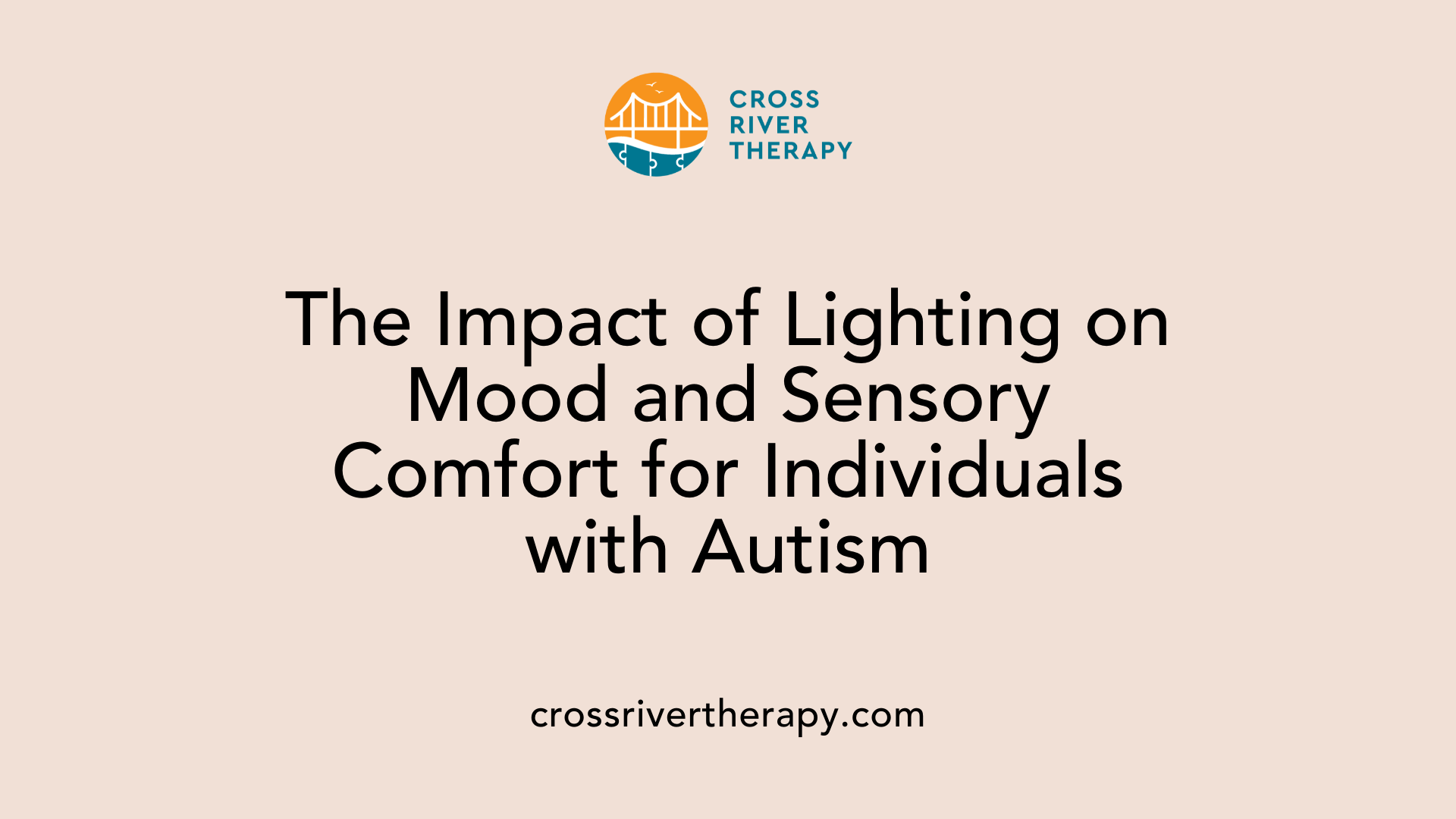
Lighting’s influence on mood and well-being
Lighting significantly impacts the overall mood and sensory comfort of individuals with autism. The right lighting can enhance focus, encourage communication, and promote social engagement. For many individuals on the spectrum, flickering or harsh lights can lead to sensory overload, causing anxiety and discomfort. Conversely, consistent and soft illumination fosters a sense of calm and security, creating a supportive atmosphere.
Benefits of mellow-colored and natural lighting
Mellow-colored lights, particularly soft blues and greens, have been shown to promote relaxation and emotional balance. Natural lighting plays a vital role as well, mimicking sunlight's variations, which can enhance mood and help regulate circadian rhythms. This is crucial for autistic individuals, as it can alleviate symptoms of seasonal affective disorder (SAD), a condition associated with behavioral issues and depression, especially in children. Light therapy using bright lights at 10,000 lux can further assist in stabilizing sleep patterns and improving overall mood, making natural light simulators a great option for many.
Impact of harsh and flickering lights
Harsh lighting, especially fluorescent lights, can lead to sensory overload and heightened anxiety. Studies indicate that up to 50% of individuals with autism exhibit a sensitivity to fluorescent lighting, which can result in confusion and discomfort. Therefore, replacing fluorescent fixtures with energy-efficient LED options can create a calmer environment. By utilizing adjustable dimmable LED lights, caregivers can tailor the lighting to meet individual sensory preferences, greatly improving well-being and reducing stress for individuals with autism.
Energy-Efficient Lighting: A Path to Enhanced Living Spaces
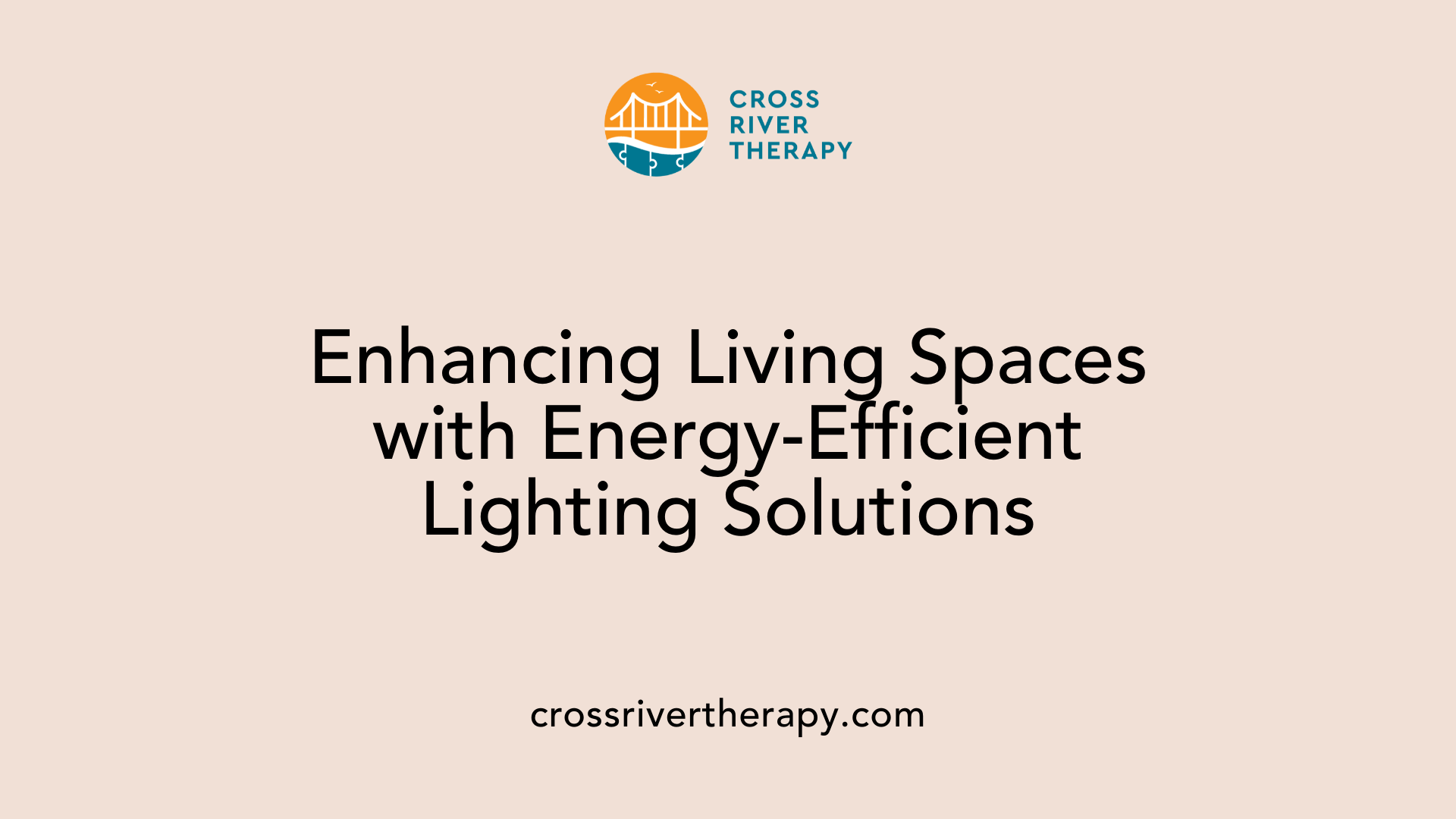
How can energy-efficient lighting improve the living spaces for individuals with autism?
Energy-efficient lighting can significantly enhance living spaces for individuals with autism by providing customizable options that reduce sensory overload and increase comfort. For instance, LED lights are not only energy-efficient but also allow for adjustments in brightness and color temperature. This flexibility helps create a calming environment, fostering relaxation and encouraging creativity.
Soft and mellow colors in lighting can also promote emotional stability. Calming hues like gentle blues and greens are particularly effective in creating soothing atmospheres, which can alleviate anxiety and ensure a comfortable space.
Moreover, natural light is essential for individuals on the autism spectrum. Natural light helps regulate circadian rhythms, improving sleep quality and overall mood. Therapy lights can supplement this by emitting specific wavelengths of light to manage seasonal affective disorder (SAD). By optimizing exposure to light throughout the day, therapy lights enhance focus, mood, and sleep patterns.
In summary, thoughtful implementation of energy-efficient lighting creates supportive environments tailored to the unique sensory needs of individuals with autism. Such environments contribute to reducing stress, improving concentration, and enhancing overall well-being.
Overview of Lighting Solutions for Autism
| Lighting Option |
Benefits |
Considerations |
| LED Lighting |
Energy-efficient, adjustable brightness |
Requires proper adjustment to avoid overstimulation |
| Natural Light |
Regulates circadian rhythms, boosts mood |
Access to outdoor light may be limited |
| Therapy Lights |
Aid in managing SAD, improve sleep quality |
Should be used at appropriate times for effectiveness |
Opting for energy-efficient systems not only addresses sensory sensitivities but also promotes a more favorable living experience for individuals with autism.
Exploring the Benefits of Sensory Lights
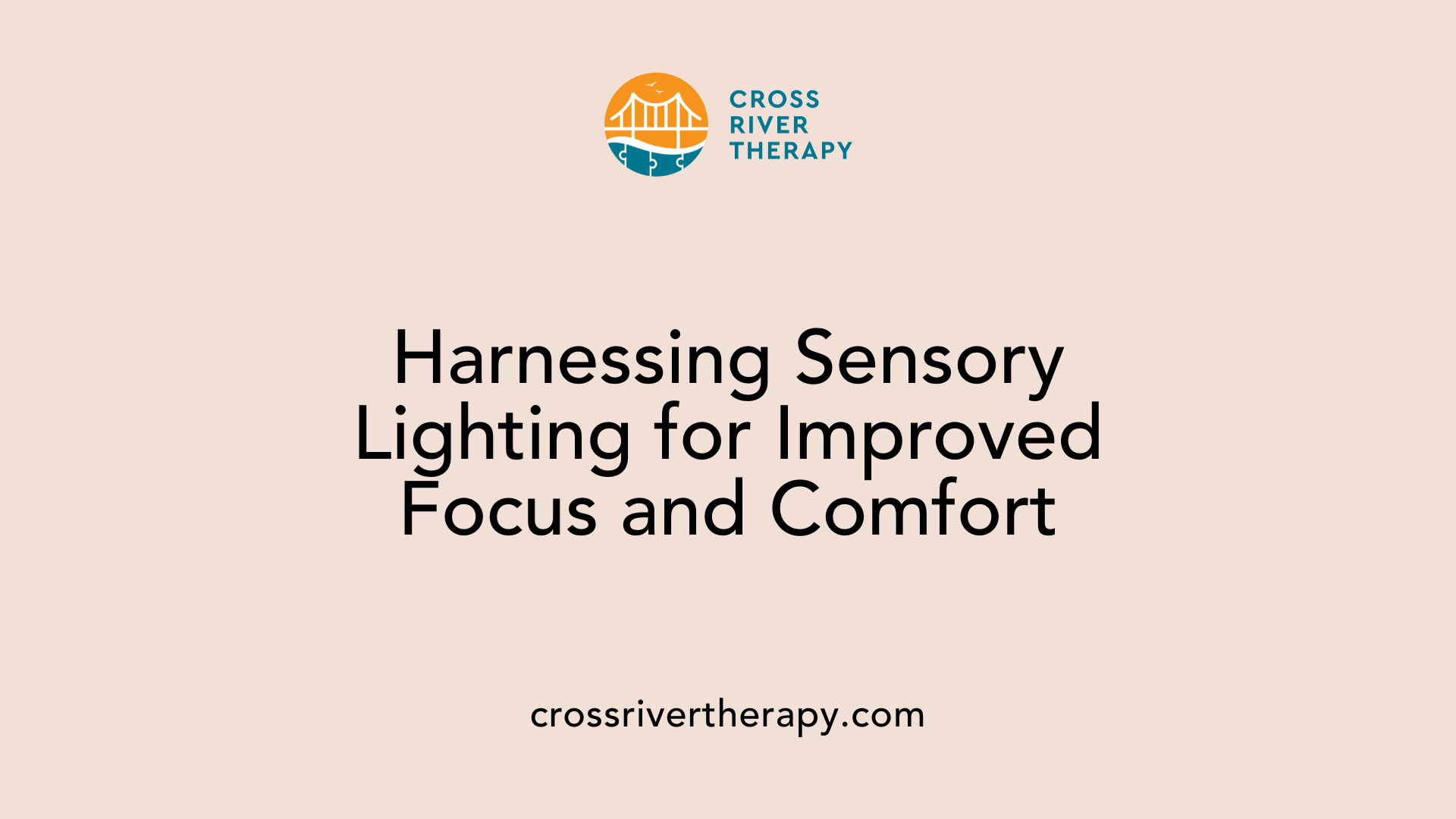
What are sensory lights and how do they benefit individuals with autism?
Sensory lights are specialized lighting tools designed to create a calming and engaging environment for individuals with autism. They often provide features like changing colors, adjustable brightness, and dynamic patterns, which can help stimulate or soothe sensory processing.
These lights help reduce anxiety and improve focus by providing a sensory-rich atmosphere in various locations such as homes, classrooms, and therapy centers. For example, energy-efficient LED lights can be tailored to emit soft, steady illumination, thereby minimizing harshness and flickering, which are common triggers of discomfort in individuals with autism.
Role in managing anxiety and focus
Correctly configured sensory lights can significantly contribute to managing anxiety. Soft, diffused lighting creates a peaceful ambiance, while harsh and bright lights can exacerbate stress. By utilizing calming colors like gentle blues or greens, sensory lights promote relaxation and emotional balance, thus enabling individuals to feel more secure and focused in their environments. This tailored approach can boost concentration levels, which is crucial for tasks requiring sustained attention.
Impact on social interaction and sleep
Sensory lighting also plays a substantial role in enhancing social interactions and regulating sleep patterns. By creating inviting spaces with adjustable lighting, individuals feel more comfortable and likely to engage socially. Additionally, natural light simulators can help regulate circadian rhythms, fostering better sleep quality, which is essential for improved mood and daytime functionality.
In summary, sensory lights serve as an effective tool to support the sensory needs and emotional well-being of individuals with autism.
Calming Color Choices for Autism
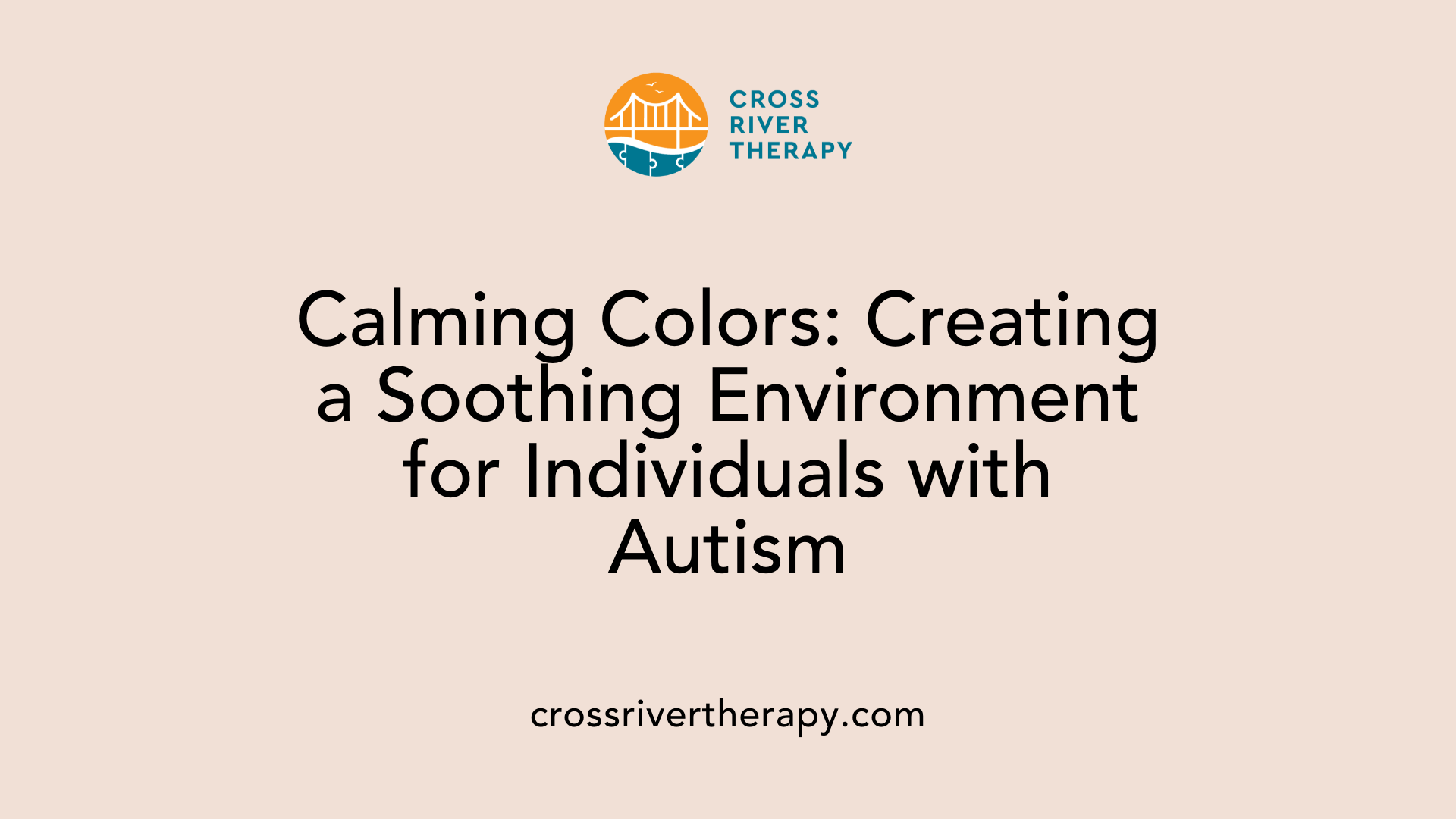
What light colors are calming for individuals with autism?
Calming light colors for individuals with autism often include soft greens, tranquil blues, gentle oranges, and soothing pinks. These colors foster relaxation and emotional balance. In contrast, bright colors like red and yellow can be overly stimulating and should be avoided in environments designed for individuals on the spectrum.
Recommended calming colors
For painted surfaces, specific shades are particularly effective. Consider using Wheat Sheaf (PPG 14-21) for its warm undertones, or Misty Violet (PPG 1247-3), which provides a cooling effect without being harsh on the senses. These colors can significantly contribute to a calming atmosphere, promoting emotional well-being.
Paint color suggestions
The selection of paint colors plays a vital role in creating a serene environment. Soft and muted tones are preferable as they help reduce visual stimulation. Additionally, the strategic use of neutral colors can help create a balanced atmosphere conducive to relaxation and focus.
Role of neutral tones and reduced contrast
Neutral hues are essential in autism-friendly spaces as they minimize distraction and visual overload. Aiming for lower contrast between colors can further enhance comfort for those with sensory sensitivities, providing a more stable and soothing environment.
Accommodating Light Sensitivity in Autism
What accommodations can help with light sensitivity in autism?
To help manage light sensitivity in individuals with autism, various accommodations can be implemented. Using light covers or filters can soften harsh overhead lighting, creating a more soothing environment. Personal accessories like sunglasses or bright-colored hats can also reduce glare and create comfort under fluorescent lights.
Creating Supportive Workspaces and Environments
Establishing calm and quiet workspaces is vital. Workspaces equipped with closed doors or high walls can provide the necessary seclusion from overwhelming sensory stimulation. Additionally, incorporating soft lighting options such as LED bulbs or dimmable fixtures can create adaptable conditions that cater to individual preferences.
It's also essential to prioritize self-advocacy. Encouraging individuals to communicate their sensory needs effectively to teachers, employers, or caregivers fosters a more supportive atmosphere. Moreover, reducing other sensory distractions, such as noise, and implementing a mindful design for spaces can enhance overall comfort and function for those with light sensitivity.
Summary of Accommodations
| Accommodation Type |
Examples |
Benefits |
| Light Covers/Filters |
Fabric soft covers, anti-glare films |
Softens harsh lighting, reduces glare |
| Personal Accessories |
Sunglasses, hats |
Minimizes direct light exposure |
| Supportive Workspaces |
Quiet zones, adaptable lighting |
Enhances comfort, focus, and productivity |
Implementing these accommodations not only addresses light sensitivity but also contributes to an environment that promotes relaxation and improved emotional stability.
Harnessing LED and Smart Lighting Solutions
Advantages of LED and Smart Lighting
LED lighting is a game changer for creating environments that cater to individuals on the autism spectrum. These lights provide consistent brightness and use up to 80% less energy than traditional incandescent bulbs. Additionally, they produce minimal heat and last significantly longer, making them both economical and practical for families concerned about energy costs. Smart lighting systems enhance these benefits, allowing for remote adjustments and setting schedules, which can help manage daily routines and reduce anxiety related to unexpected changes.
Customization for Sensory Preferences
One of the remarkable features of LED and smart lighting is the ability to customize brightness and color temperature. Soft hues like pastel blues and greens can significantly aid in creating a calming atmosphere, essential for those with sensory sensitivities. Moreover, with features like dimming and color adjustments, caregivers can tailor the environment to suit the individual's unique needs. The adaptability of these systems ensures that lighting is neither too harsh nor overly stimulating, fostering better focus and comfort.
Impact on Relaxation and Concentration
Lighting profoundly influences emotional states. Soft, diffused illumination can mitigate anxiety triggered by bright or flickering lights, leading to improved emotional stability. Research indicates that effective lighting can enhance relaxation and concentration, essential factors for individuals with autism. Smart lighting solutions can adjust throughout the day, mimicking natural light patterns, which is beneficial for regulating circadian rhythms and ultimately promoting overall well-being.
Importance of Natural and Circadian Lighting
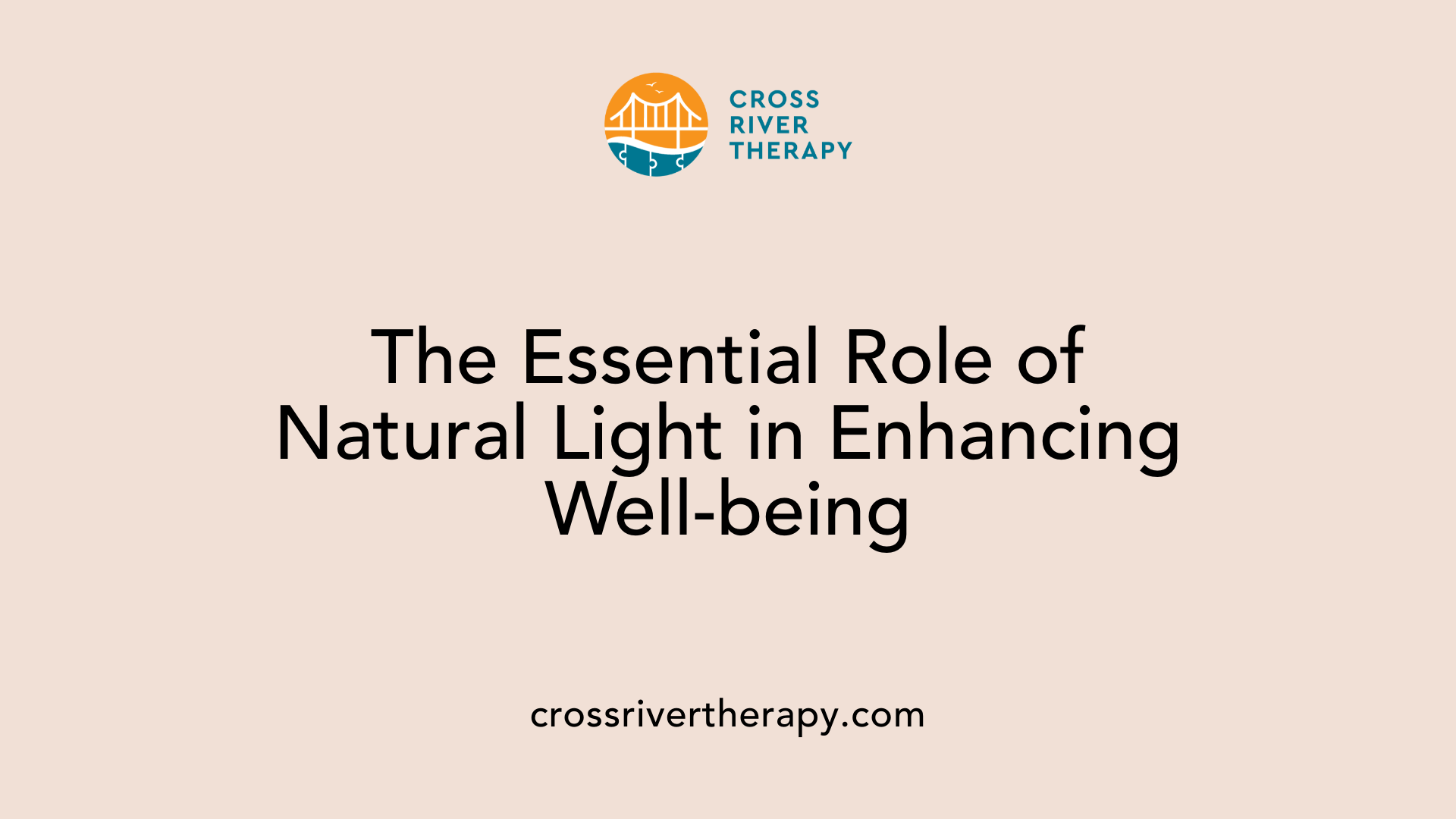
Role of Natural Lights in Autism
Natural light plays a crucial role in creating calming environments for individuals with autism. It enhances mood, improves concentration, and minimizes stress levels. Exposure to natural light can help mitigate sensory overload that many individuals with autism experience due to artificial lighting. Simulating natural light within spaces can also help regulate circadian rhythms, essential for maintaining emotional stability and promoting overall well-being for those on the spectrum.
Circadian Lighting for Mood and Focus Enhancement
Circadian lighting systems mimic the natural light patterns of the day, adjusting in intensity and color temperature to align with the body’s internal clock. This adaptability is vital for individuals with autism as it aids in mood regulation and enhances focus. By incorporating these lighting solutions in homes and educational settings, caregivers can create supportive atmospheres that promote relaxation during the evening and alertness during the day, facilitating better engagement and communication.
Fiber Optic and Alternative Lighting Options
Benefits of Fiber Optic Lighting
Fiber optic lighting serves as a gentle illumination option for those with autism. It emits light through thin fibers, creating soft glows without harsh glare, which is beneficial for individuals with sensory sensitivities. This type of lighting can help prevent sensory overload, allowing individuals to remain calm and focused.
Reducing Glare and Harshness
Unlike traditional lighting, fiber optic systems typically minimize the risks associated with glare and harsh light. By providing diffused light, they create a soothing atmosphere, essential for fostering relaxation. This is particularly important in environments frequently visited by individuals on the autism spectrum, where harsh lighting can indeed trigger discomfort.
Creating Sensory-Friendly Environments
Implementing fiber optic and other energy-efficient lighting solutions plays a critical role in creating sensory-friendly environments. By using these lighting options, caregivers can significantly enhance emotional stability and comfort for individuals with autism. Complementing fiber optics with adjustable LED systems leads to maximized sensory support, allowing for tailored lighting that meets individual preferences.
Implementing Comprehensive Sensory-Friendly Designs
Incorporating Multiple Sensory-Friendly Solutions
Creating environments that cater to individuals with autism involves incorporating various sensory-friendly solutions. One highly recommended approach is the use of LED lighting due to its energy efficiency, adjustable brightness, and color temperature control. This adaptability allows spaces to be customized according to the sensory needs of individuals, minimizing discomfort caused by harsh illumination.
Integrating Lighting with Ventilation and Sound Control
An effective design combines lighting, ventilation, and sound control to create a soothing atmosphere. Natural light simulators can enhance mood while maintaining stable indoor temperatures through energy-efficient designs. Additionally, incorporating sound-absorbing materials and insulated windows significantly reduces excessive noise, leading to a calmer environment that further supports individuals with sensory sensitivities.
Creating Balanced Sensory Experiences
A well-rounded sensory experience also emphasizes color palettes and lighting quality. Utilizing calming colors like soft blues or greens, alongside soft and diffused lighting, can promote relaxation. Dimming options and smart lighting systems ensure that adjustments can be made easily, allowing caregivers to create supportive environments that facilitate focus and emotional stability.
| Aspect |
Benefits |
Recommendations |
| Lighting |
Soft, adjustable; reduces sensory overload |
Use LED bulbs; avoid fluorescents |
| Ventilation |
Maintains comfort and reduces overheating |
Implement energy-efficient systems |
| Sound Control |
Minimized distractions enhance focus |
Incorporate sound-absorbing materials |
Integrating Sensory-Friendly Lighting for Better Living
The connection between lighting and the well-being of individuals with autism is undeniable. By carefully choosing energy-efficient and sensory-friendly lighting solutions, residents and professionals can drastically improve the living environments of autistic individuals. Whether through the adaptive technology found in smart lighting systems or the soothing presence of fiber optic lights, the opportunity to enhance comfort and functionality is vast. As awareness grows and more supportive environments are created, the future holds promise for improved sensory experiences and a better quality of life for individuals on the autism spectrum.
References